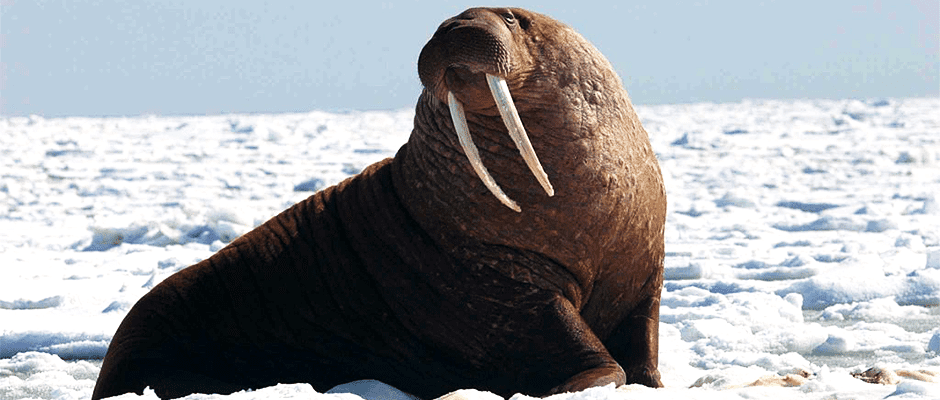Share this article
Environmental group sues over walrus ESA decision
The Center for Biological Diversity has filed a lawsuit in federal District Court for the District of Alaska, challenging the U.S. Fish and Wildlife Service’s decision to withdraw the Pacific walrus (Odobenus rosmarus divergens) from consideration for listing under the Endangered Species Act.
Walrus population estimates are difficult to obtain, but 2006 USFWS aerial surveys suggest there are approximately 129,000 individuals. These marine mammals have a gestation period of 15 months and females, under ideal conditions, can have one calf every two years. Pacific walruses can live up to 40 years.
Pacific walruses, like many other arctic marine mammal species, rely on sea ice as their primary habitat. As climate change progresses and global sea ice recedes further, scientists believe these mammals will continue to lose the habitats necessary for them to survive and successfully reproduce.
The USFWS decided in October 2017 that an ESA listing was not justifiable for Pacific walruses, after a May 2017 review. This decision came amid the release of new data that indicated Pacific walruses are uniquely capable of adapting to sea ice loss by altering their behavior. “We found that the Pacific walrus population appears to possess degrees of resiliency, representation, and redundancy that have allowed it to cope with the changing environments of the last decade,” the USFWS stated in its October press release.
The Center for Biological Diversity and other environmental groups believe otherwise and are calling for ESA protections for the walrus.
“The science clearly shows that climate change is destroying the sea ice walruses need to survive,” said Emily Jeffers, an attorney at CBD told E&E News. “We’re confident the court will see this reckless finding as a politically driven decision that completely ignores the agency’s legal obligations to protect imperiled wildlife.”
Regardless of this court decision, the Pacific walrus populations will continue to be protected against harvest, import and export under the Marine Mammal Protection Act.
Read The Wildlife Society’s Standing Position on Threatened and Endangered Species and Position Statement on the U.S. Endangered Species Act.
Header Image: Pacific walrus occur on pack ice between Alaska and Siberia. ©Joel Garlich Miller/USFWS








